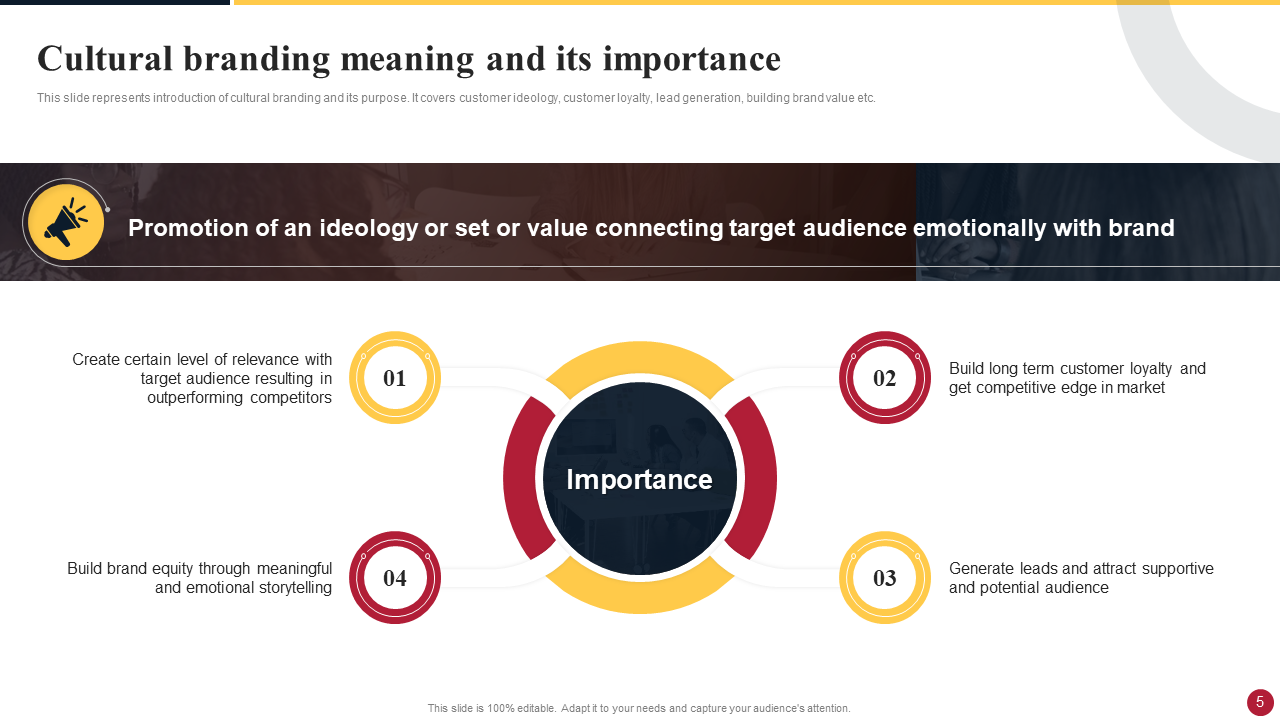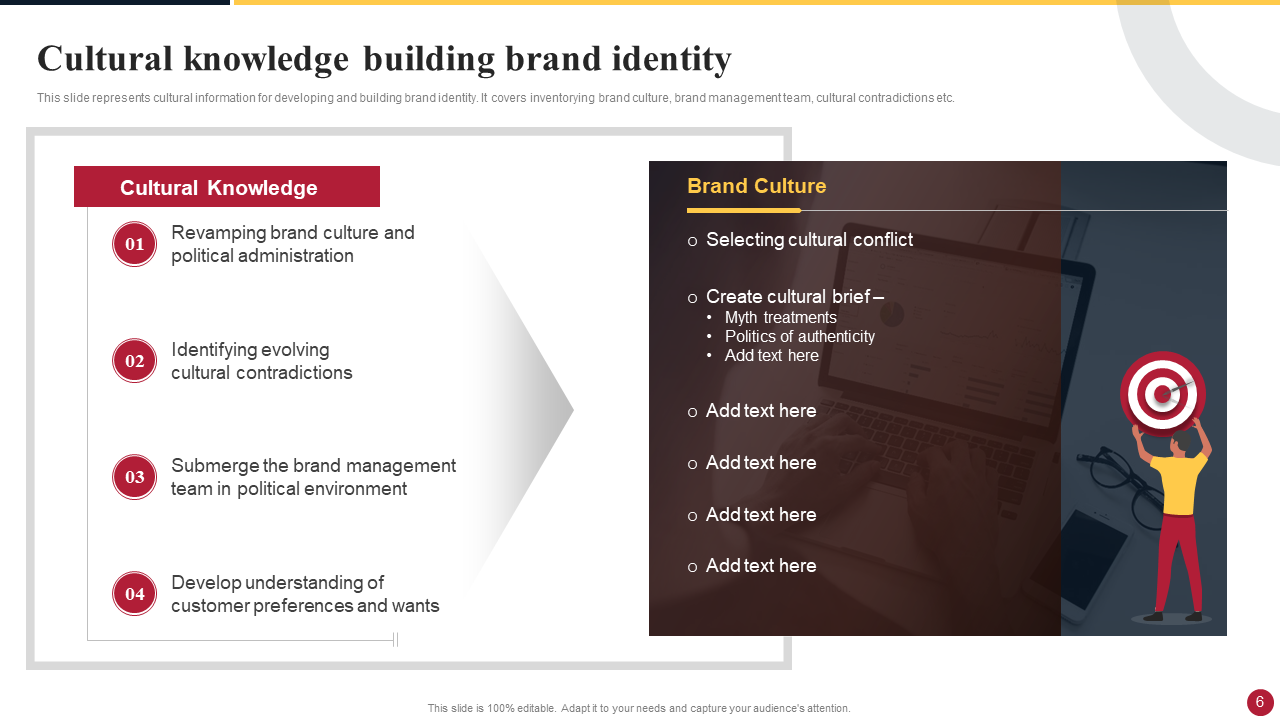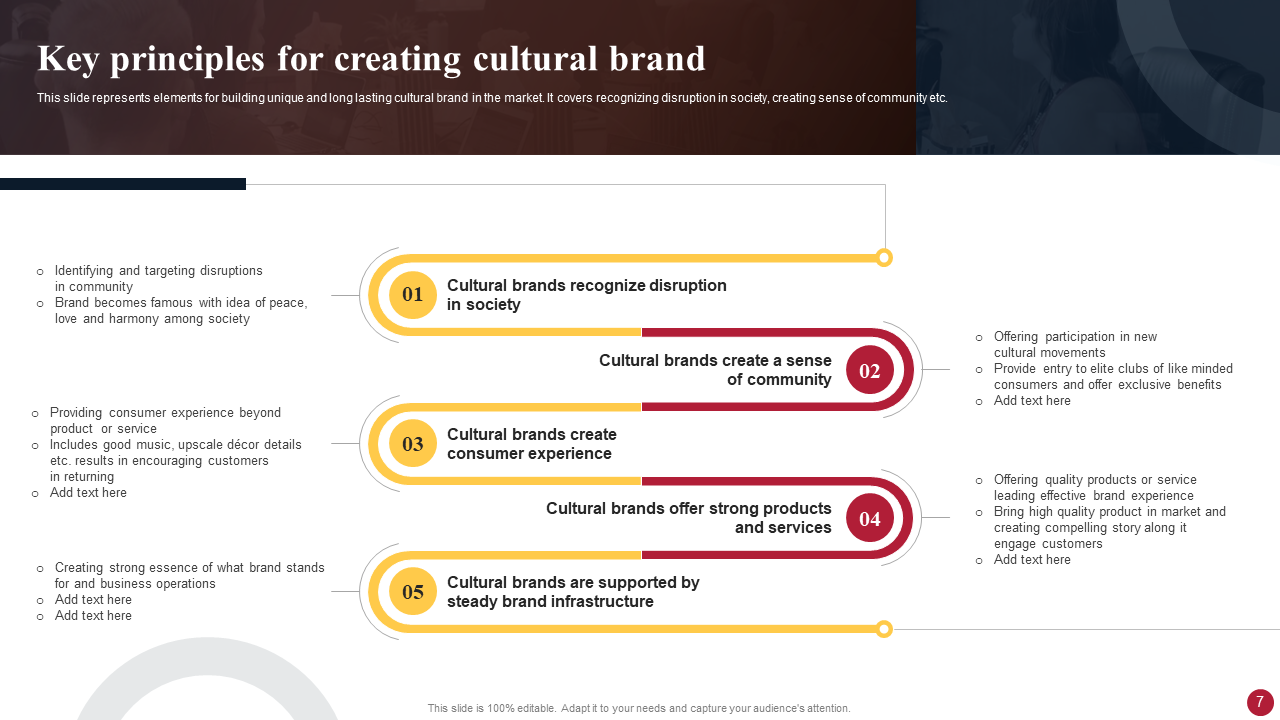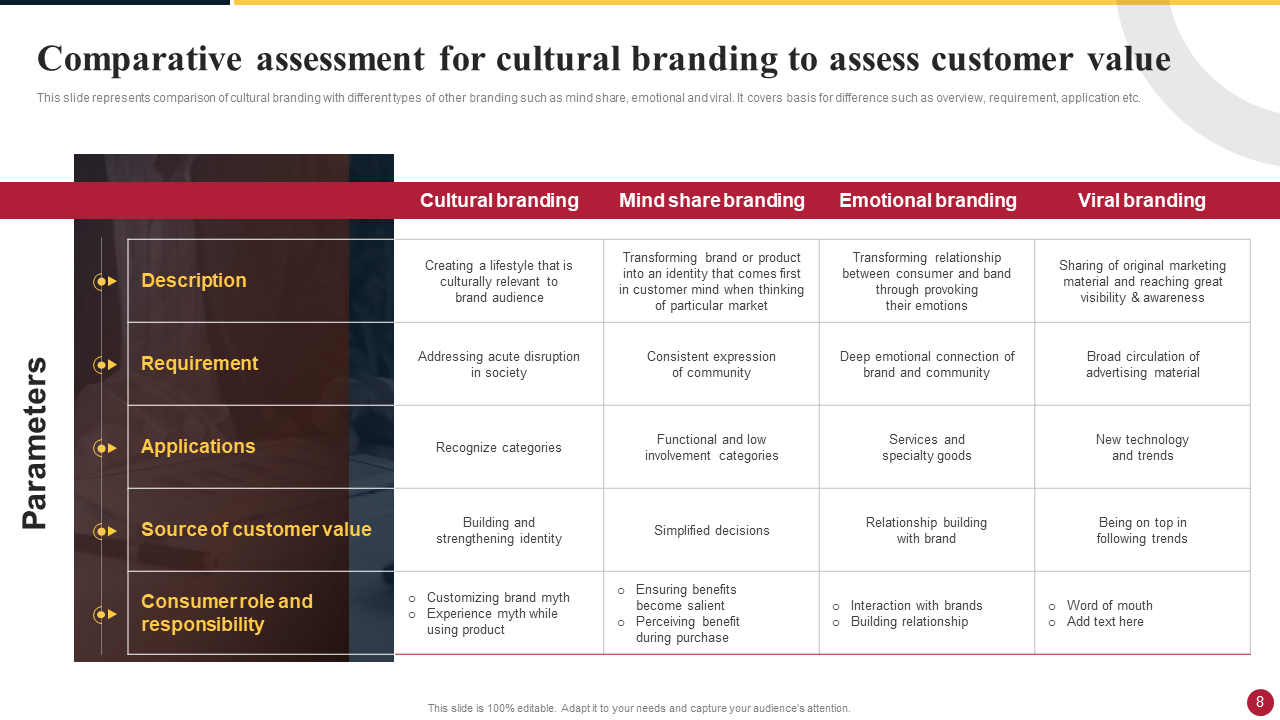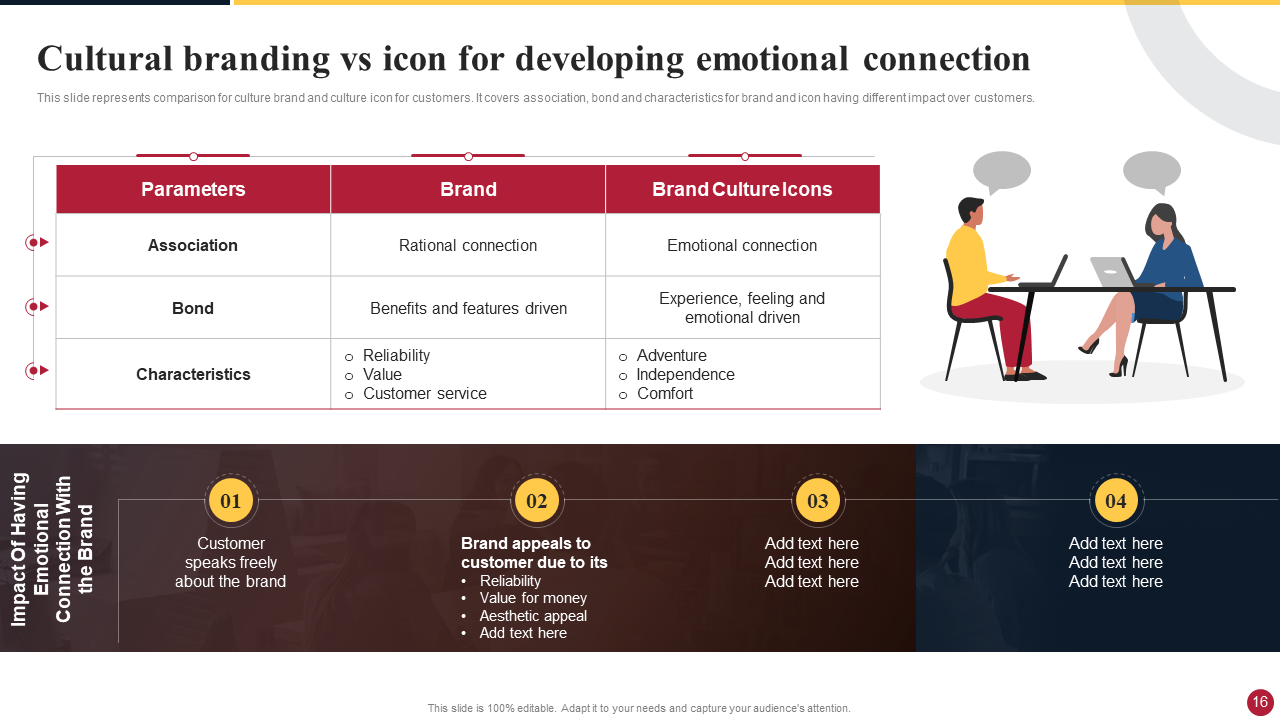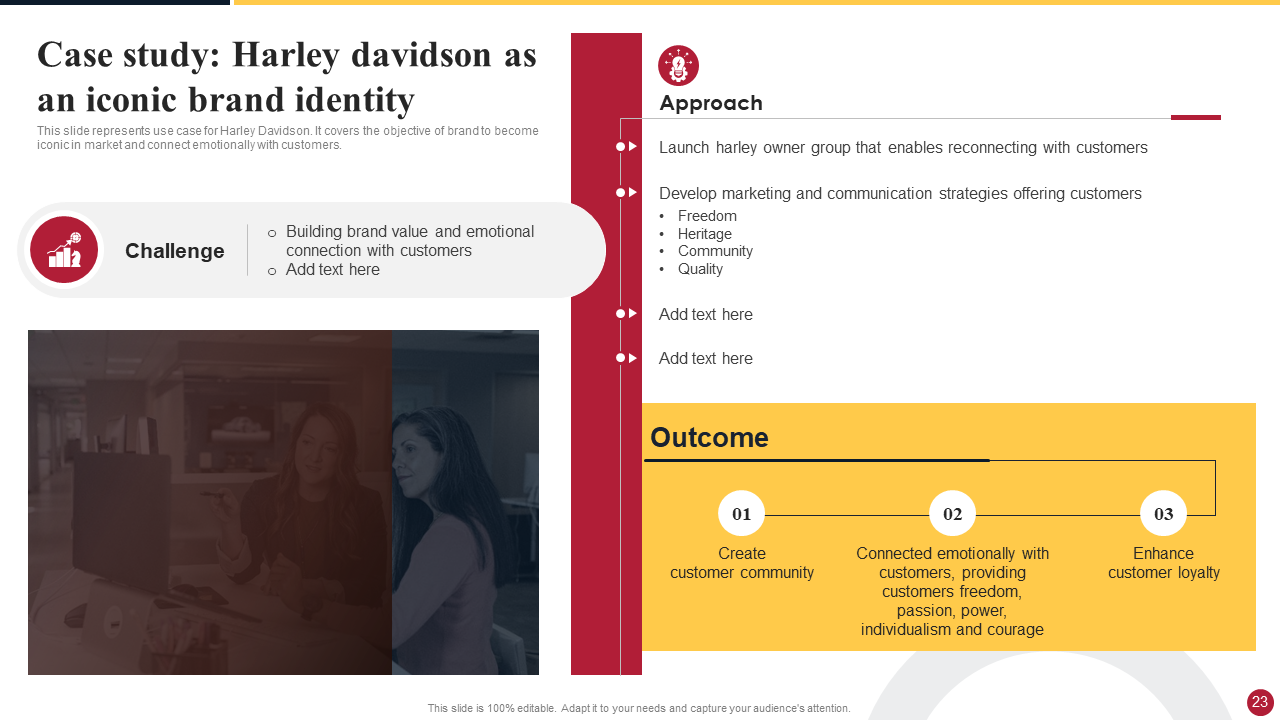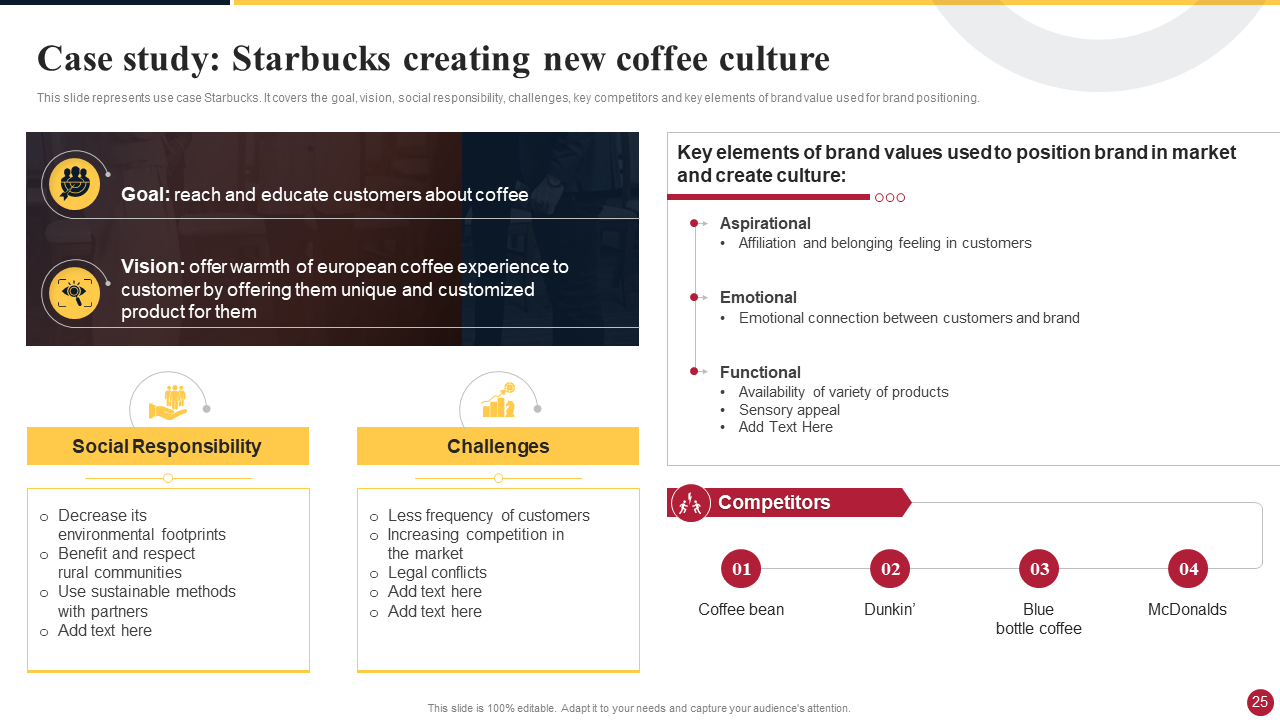Have you realized that nowadays, companies have shifted from using modernized chemical-based products to natural items?
Do you know the reason behind this?
If you have no idea, let's deeply understand it.
The switch to natural products reflects a more significant change in our attitude toward caring for the environment and our health. And nowadays, individuals are more concerned about nature as our ecosystem is adversely affected.
Also, the important thing is that companies do not need to make much effort to advertise their natural products to attract and gain customers' trust, as these items are related to Culture. Therefore, this makes their brand even more substantial.
What is Cultural Branding?
Cultural Branding is a marketing tactic that a brand uses to promote its products, i.e., by relating them to the cultural values and beliefs of potential customers. This further develops a strong bond with them as it is related to their beliefs and values.
Significance of Cultural Brand
Cultural Branding is highly significant as it is vital to boosting revenues and accomplishing the goals of a particular brand. This is possible as the products sold are attached to the individual’s culture and beliefs, which automatically assist them in buying those products, i.e., they are., emotionally connected.
Now, let's check out the significant slides that can be incorporated into Cultural Branding:
Cover Slide
The title of the presentation is displayed on the cover slide, which serves as a polite welcome to your audience.
Additionally, the cover slide functions as an image-based overview of the presentation's structure. Enter your company name to get started.
Download this PowerPoint Template now.
# Cultural Branding Meaning and Its Importance
The slide gives a brief introduction to cultural branding and its purpose.
The benefits mentioned in the slide are:
- Achieve a particular connection with the intended audience to get ahead of rivals.
- Establish an upper hand in the market and cultivate enduring client loyalty.
- Create leads and draw in a prospective and supporting audience.
- Increase brand equity by sharing meaningful and relevant stories.
By highlighting the meaning and significance of cultural branding, the audience will get to know cultural branding in detail.
Download this PowerPoint Template now.
# Cultural Knowledge Building Brand Identity
The slide illustrates cultural information for developing and building brand identity.
The cultural knowledge mentioned in the slide are:
- Redesigning political administration and brand culture
- Having a look at brand culture
- Deploy the team to handle brand management in a political setting.
- Recognizing changing cultural differences
- Gain an understanding of the tastes and needs of your customers.
It is essential to have Cultural Knowledge in Building Brand Identity as a slide, as employing culture in a brand enables a firm to deeply understand the values related to that culture. Ultimately, it grabs the audience's attention and builds trust.
Download this PowerPoint Template now.
# Key Principles for Creating a Cultural Brand
The slide highlights key elements for creating a distinctive and sustainable cultural brand in the marketplace, which are discussed below:
- Cultural brands acknowledge changes in society.
- Cultural brands provide a feeling of togetherness.
- Cultural brands create consumer experiences.
- Cultural brands provide high-quality goods and services.
- Cultural brands support a stable brand network.
Having Key Principles for Creating a Cultural Brand as a slide is essential. It enables a firm to maintain unique and meaningful connections with the buyers, which serves as a solid base even during fluctuations or challenges.
Download this PowerPoint Template now.
# Comparative Assessment for Cultural Branding to Assess Customer Value
The slide highlights the differences between cultural branding and various forms of branding, which include:
- Branding with a mind share
- Cultural marketing
- Personal Branding
- Trending Online Branding
Additionally, the side represents the parameters based on which distinctions are made that are explained below:
- Overview
- Necessity
- Application
- Source of customer value
- Buyer’s role and responsibility
It is essential to add Comparative Assessment for Cultural Branding to Assess Customer Value as a slide as it enables understanding dynamics, which further assists in creating effective marketing strategies in different markets.
Download this PowerPoint Template now.
# Key Strategies for Transforming Generic to Well-Known Brand
The slide highlights techniques for transforming cultural brands into cultural icons in the market. Moreover, the strategies mentioned in the slide involve breaking expectations, appreciating the significance of historical context, and creating myths, groundbreaking performances, and iconic brands that shaped culture:
Do not follow traditional models of branding-
- Mind-sharing, Emotional, and Viral branding are examples of traditional branding models.
- Conventional approaches attribute characteristics to branding strategies as effects rather than causes.
Significance of Past information-
- Historical context is important because it helps brands respond to societal demands and adjust to historical changes.
These are a few strategies for transforming cultural brands into cultural icons in the market. You can also mention other reasons to give the audience a better overview.

Download this PowerPoint Template now.
# Cultural Branding vs Icon for Developing Emotional Connection
The slide compares a cultural brand and its icon for its buyers. The parameters based on which consumers are affected differently are:
- Associations
- Bonds
- Traits of brands
Additionally, the following are the effects of feeling an emotional connection to the brand:
- Consumer talks openly about the brand since it appeals to clients because of its Dependability
- Worth the money
- Appealing to the eyes
Similarly, you can illustrate other effects of having an emotional bond between a consumer and a brand.
Download this PowerPoint Template now.
# Case study: Harley Davidson as an Iconic Brand Identity
The slide displays the use case for Harley Davidson. Further, the slide covers Iconic Brand Identity's challenges, approaches, and outcomes.
The challenge:
The major challenge of a brand is to become iconic in the market and connect emotionally with customers.
Approach:
- Launch a Harley owner group that enables reconnecting with customers.
- Create marketing and communication plans that provide the following to clients: Heritage, Community Freedom, and superiority.
Similarly, you can illustrate other approaches as well.
Outcomes:
- Establish a community of customers
- Emotionally connect with the buyer and give them independence, power, uniqueness, enthusiasm, and bravery.
- Boost client loyalty
Download this PowerPoint Template now.
# Case study: Starbucks Creating New Coffee Culture
The slide represents Starbucks' use case. Further, the slide discusses the objectives, vision, social responsibility, difficulties, main rivals, and essential brand value components employed to position the brand.
# Goal: The prime goal is to reach and educate customers about coffee.
# Social Responsibility:
- Decrease its environmental footprints
- Benefit and respect rural communities
- Use sustainable methods with partners
#Problems:
- Less frequency of customers
- Increasing competition in the market
- Legal conflicts
#Rivals:
- Coffee bean
- Blue bottle coffee
- MacDonalds
- Dunkin’
#Key components:
- Aspirational: Affiliation and belonging feeling in customers
- Emotional: Emotional connection between customers and brand
- Functional: Availability of a variety of products and Sensory appeal
Download this PowerPoint Template now.
Conclusion
In this blog, we have discussed cultural branding, its importance, and how we can increase the popularity of a general brand. This includes planned goals, major and minor obstacles to be faced, and social responsibility to add on, which one has to keep in mind and follow to achieve results.
And to help your brand become more popular, SlideTeam has created a Cultural Branding PowerPoint presentation. It's pre-designed to make your brand stand out and reach new levels of success.
Click here to get a Free Cultural Branding PPT and Cultural Branding PDF.
FAQs
What challenges might a brand face when implementing cultural branding?
Challenges include navigating cultural sensitivities, avoiding stereotypes, and ensuring authenticity in portraying cultural elements to prevent backlash or misinterpretation.
How can brands measure the success of their cultural branding efforts?
Metrics such as consumer sentiment, brand engagement, market share in specific demographics, and qualitative assessments of brand perception can gauge the success of cultural branding initiatives.





 Customer Reviews
Customer Reviews



